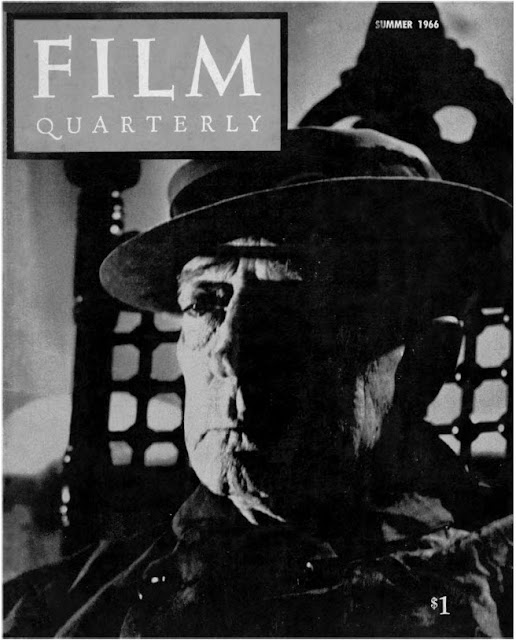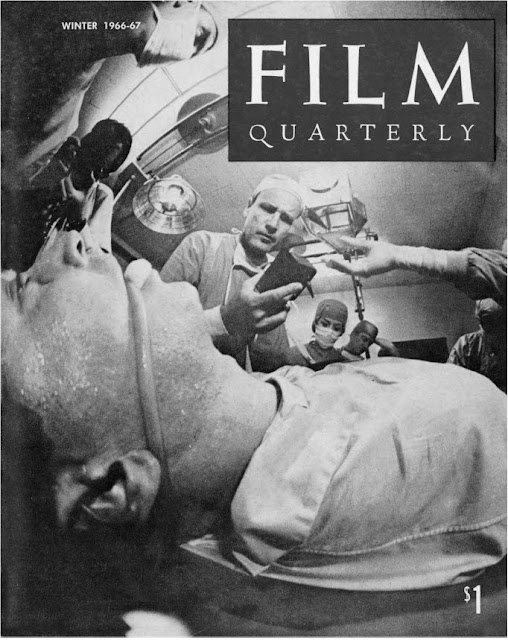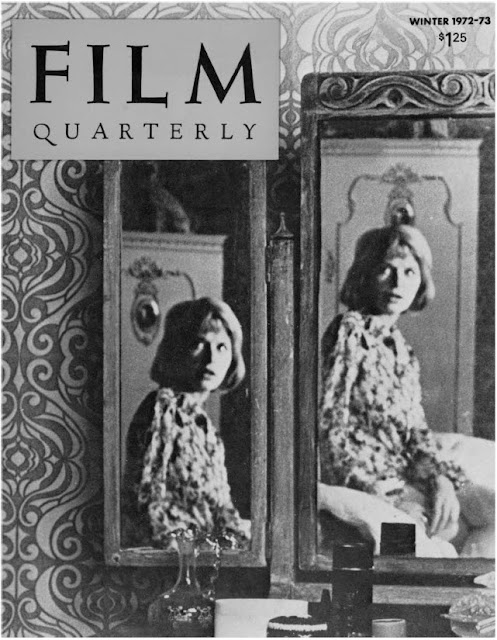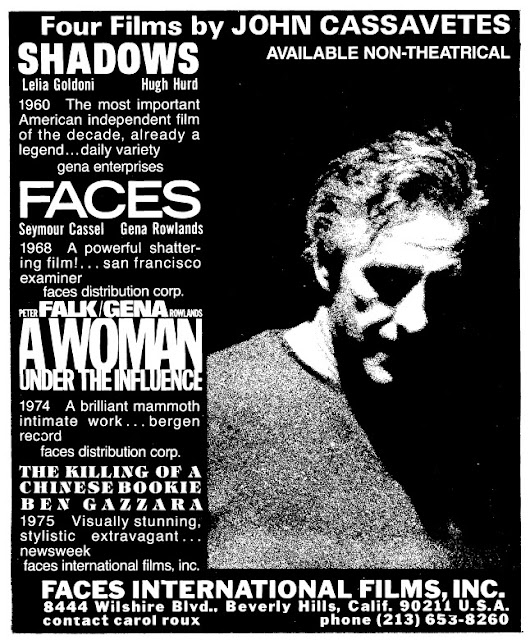Throbbing Gristle's show at the Brighton Polytechnic (the first of two visits by the group, a second followed in 1978), was staged at the campus' Sallis Benney Theatre, a dingy cavernous space that served as a locus for all sorts of idiosyncratic art happenings. Invited by the students from the art and design faculty, the group might have expected a more receptive audience than the sneering punks at the previous show at the Nag's Head in High Wycombe, but TG managed 50min of their 1-hour set before a hail of jeers and bottles flung by drunk, abusive punters brought things to a close. As TG concerts go, the Brighton '77 show is one of the group's finest, and despite the antagonism on the night, the group were pleased enough to include a few excerpts from the show on Second Annual Report. The Brighton show opens with a particularly strong Zyklon B Zombie, and it's curious that TG all but retired the song after the concert, dropped from the set-list, with the studio version only making a belated appearance a year later as the flipside of the United single. Ominous bass rumblings, eerie drones and garbled walkie-talkie sounds usher in the urban paranoia of Last Exit, (the title, one presumes, a nod to the Hubert Selby Jr. novel), which builds to a chugging mechanical crunch accompanied by a surreal Genesis P-Orridge vocal about being smashed in the face with a brick and suffering disturbing visions of the British Queen being sodomized by her husband. The lengthy instrumental passage that follows is one of the great TG jams, an astonishing free form torrent of noise and mangled voice sample cut-ups, including the dispassionate confession of a teenage murderer, surely one of Sleazy's most effective dialogue lifts. Genesis returns to the mike for Mary Jane / Record Contract with an improvised vocal that is silly, witty, embarrassing, and ultimately fascinating, the long rambling monologue that eventually mutates into a rant against rock star posturing and record company prostitution, the Sex Pistols in particular the focus of Genesis' scorn. Despite the Pistols burning through contracts with EMI and A&M, (and pocketing the severance pay), Genesis clearly valued TG's independence over Malcolm McLaren's cash from chaos strategies.
Perhaps the biggest talking point of the Brighton '77 show (or the concert recording at least) is the coda tacked on to the end of the Industrial tape where the house DJ berates the audience for their hostility towards TG, sarcastically blasting out The Stooges' Down on the Street on the PA. The group, ever mischievous included a few seconds of the exchange to close out one side of Second Annual Report, (a companion of sorts to D.o.A.'s Death Threats) and it's worth noting that this short snippet is the only place where one can hear (albeit a few seconds only) of the Funhouse opener; the Stooges airbrushed entirely from the TG24 CD edition of the Brighton show. And while the concert never descends into the violence of the Film Makers Co-Op show, the mood sounds edgy and tense - at one point Genesis can be heard saying "make sure everything is safe" presumably referring to TG's equipment. In the years following TG's split individual members would recall weariness at the increasing adulation they were seeing at later shows, a sharp contrast to the sense of disillusionment at the Brighton performance. No breakthrough in grey room it seems...
Sunday, 26 March 2017
Wednesday, 22 March 2017
Bruegel snow
It’s snowing in this part of the world this morning, something of a rarity these days with Ireland’s Goldilocks weather (not too hot, not too cold). And gazing out the office window at the white-coated rooftops, I’m reminded of Pieter Bruegel the Elder’s 1565 painting The Hunters in the Snow; that vague sense of dissatisfaction that hovers over me this morning (I could be home watching the snow-bound Day of the Outlaw, or The Thing, or gosh, Quintet !) shared by the weary, empty handed hunters in Bruegel’s painting, trudging back to their village after an unsuccessful hunt. Still, looking at The Hunters in the Snow, my thoughts happily turn to Solaris, which introduced me to this great work, the painting hangs in one of the rooms of the Prometheus space station. In those days before Wikipedia’s huge high res scans, Tarkovsky very helpfully panned his camera across the painting to reveal some of those incredible details – I especially like the activity on the frozen lake, the three children skating in formation, or one less skillful villager lying in a heap. As ever, the Wiki page is well worth a visit, or why not give Tarkovsky’s film another watch…
Tuesday, 21 March 2017
Film Quarterly Graphics
An old external hard drive I had stashed away in a drawer yielded some unexpected treasure last night in the shape of 256 scanned pdf issues of Film Quarterly magazine, spanning the years 1946 to 2011. I downloaded these from a share site many years ago and promptly forgot about them, but I’ve been skimming thru some issues this morning and I must devise a reading plan. I’ve been gravitating towards the older issues, the 70’s especially, and it’s always nice to read a contemporary review of a film without the weight of cultural baggage – in the Summer 1976 issue Michael Dempsey takes Taxi Driver to task for its “slippery plotting” and Dempsey’s legitimate compliant that Travis Bickle’s bizarrely misjudged date with Betsy at the porno cinema (or “stroke house” as Dempsey calls it) was simply a way for Paul Schrader to elbow her character out of the picture to make way for the violent finale... For this post I’ve snagged a selection of Film Quarterly covers (sadly the entire archive is in b/w) but it gives a good sense of the journal’s scope…
Browsing thru the older issues, it’s nice to come across ads for film rentals – fascinating to see what was available to the film connoisseur in the pre-VHS days. I especially like this striking advert for a quartet of John Cassavetes films, found in the Autumn 1976 issue...
Browsing thru the older issues, it’s nice to come across ads for film rentals – fascinating to see what was available to the film connoisseur in the pre-VHS days. I especially like this striking advert for a quartet of John Cassavetes films, found in the Autumn 1976 issue...
Wednesday, 15 March 2017
Tuning in to the early Beatles
I read somewhere last week that Mark Lewisohn’s second volume of Beatles history will be with us later this year and it was enough to motivate me last night to finally start Tune In which covers the Liverpool and Hamburg years. I usually find the biography’s genealogical preamble a chore to get thru but it’s good to be reminded that 3 of 4 Beatles had Irish roots and Lewisohn is particularly engaging on Liverpool, evocatively painting a picture of a grimy, polluted city that took a beating from the German Luftwaffe but remained resilient throughout. A tough town to grow up in which no doubt stood the Beatles in good stead for their hard-working days and nights on the Hamburg club circuit. This first volume doesn’t cover much recorded Beatles music, chronologically speaking – the debut single, and early sessions for the Please Please Me album, so I’m dipping into the Tony Sheridan recordings, the December 1962 Star Club show and a collection of tracks over on youtube called the “Home Recordings, July 1960”. I’m usually weary of these things when they don’t come annotated - the recording date suggests the tracks are also known elsewhere as the Forthlin Road Tapes but the youtube tracklist differs somewhat – but my leap of faith is at least paying off with some terrific embryonic rock n ’roll, the ultra lo-fi recording quality lend the guitars a real muscular shronk!, and some of the extended bluesy jams (audible fluffs and all) sound fabulous to these ears… Incidentally, I had a dream last night that my 16-month daughter was climbing up a ladder (she’s in a climbing phase at the moment) and it reminded me of John Lennon’s famous first meeting with Yoko Ono at the Indica Bookshop in November ‘66, where Lennon climbed up a ladder that was part of one of Yoko’s installation pieces – a happy bit of serendipity to kick off the book I think.
Tuesday, 14 March 2017
Banzai! Japanese Cult Movie Posters
Some Japanese posters for your viewing pleasure… Banzai! Japanese Cult Movie Posters, the latest book by Creepy Images, purveyors of rare posters and memorabilia from the halcyon days of Psychotronic Cinema, arrived on my doorstep just before Christmas and what with our big trip to Vietnam in January, I haven’t had much chance to pour over the contents. Fortunately, I found some time at the weekend to take a leisurely browse through the full color, high-quality 296 glossy pages, and managed to grab a few shots just to give you a taste of this deliriously head-spinning collection. The posters are arranged within 5 broad chapters - Bad Girls, Tough Guys, Horror, Mondo, Shocking and Science-Fiction & Fantasy, and include Pinky Violence, Yakuza films, Italian Westerns, Hammer Horror, American Exploitation, European Splatter, eye-watering Shockumentaries, Kaiju jamborees and special effects extravaganzas...
From Bad Girls... (Click on the images for larger resolution)
From Horror...
From Shocking...
Japanese poster design is renowned for the riot of photo-montage imagery and large typefaces that yell at punters for attention, but occasionally a designer will swim against the tide of tradition and produce something like the superb poster for Henry: Portrait of a Serial Killer, where the titular character appears pressed into what looks like a tombstone. A very strange motif, and were it not for the Japanese calligraphy, I might have thought this was a poster from Eastern Europe.
Japanese posters for The Texas Chain Saw Massacre are not especially rare, they’ve been reprinted many times, but this poster featuring the agonized death throes of Teri McMinn captures best the sheer feverish intensity of the film, the over-saturated red in the design makes the onlooker decidedly queasy…
And finally, from the sublime to the horrid, the poster for The Dead Zone, featuring a most unflattering shot of Christopher Walken’s character Johnny Smith in a coma. “What happened?” indeed…
From Bad Girls... (Click on the images for larger resolution)
From Tough Guys...
From Horror...
From Mondo...
From Science-Fiction & Fantasy...
Japanese poster design is renowned for the riot of photo-montage imagery and large typefaces that yell at punters for attention, but occasionally a designer will swim against the tide of tradition and produce something like the superb poster for Henry: Portrait of a Serial Killer, where the titular character appears pressed into what looks like a tombstone. A very strange motif, and were it not for the Japanese calligraphy, I might have thought this was a poster from Eastern Europe.
And finally, from the sublime to the horrid, the poster for The Dead Zone, featuring a most unflattering shot of Christopher Walken’s character Johnny Smith in a coma. “What happened?” indeed…
Friday, 10 March 2017
Art Thing
Bill Sienkiewic’s haunting artwork based on John Carpenter’s classic The Thing… Some interesting Thing stuff coming our way this year. Arrow is set to put out what will most likely be the definitive Blu-Ray edition of the film later this year, and to tide us over July sees the release of The Thing Artbook, a 400 page hardback compendium of artwork inspired by the film. More details here... Let’s hope the book’s publishers Printed In Blood will get a few copies over to Europe for sale.
All this reminds me of John Higgins' spectacularly gruesome artwork for Dark Horse's 1992 double-header comic sequel which picks up from where the film leaves off for one more battle between MacReady and the alien. I wish I had my two issues at hand right now because Higgins' story artwork is very beautiful. Given the shape-shifting antics of the alien, The Thing is one of those rare gifts that invites artists to let their imagination run riot. I have high hopes for The Thing Artbook...
All this reminds me of John Higgins' spectacularly gruesome artwork for Dark Horse's 1992 double-header comic sequel which picks up from where the film leaves off for one more battle between MacReady and the alien. I wish I had my two issues at hand right now because Higgins' story artwork is very beautiful. Given the shape-shifting antics of the alien, The Thing is one of those rare gifts that invites artists to let their imagination run riot. I have high hopes for The Thing Artbook...
Wednesday, 8 March 2017
The Church
A friend passed me some contraband last week with a link to a very good English-dubbed youtube copy of Michele Soavi’s 1989 film The Church which I finally watched for the first time last night. The best stuff comes in the first half of the picture, the shots of ancient, arcane books, and academics exploring mysterious passageways in the bowls of the Gothic church evoke a pleasing MR Jamesesque atmosphere (strongly recalling James' story The Treasure of Abbot Thomas). But it’s all but squandered in the second half of the film which takes a radical and fatal tone shift to resemble something more akin to Demons but without the fun. Worse still, the two leads are largely relegated to the subs bench in favor of some ill-advised cut-outs whisked in to dress the gore set-pieces, while two potentially striking moments – the much publicized shot of a naked woman embraced by a winged demon, and a grotesque monument of slithering bodies are botched by some clunky mechanical effects. And yet, there are occasional flashes of brilliance that marks The Church as one of the more beguiling late-era Italian Horror films, largely due to Soavi’s strength as a visualist, (more than a few times I was reminded of The Keep), and there’s some particularly fine camerawork to savor - the opening introduction shot of the church is an especially impressive piece of choreography. Incidentally, the film features a purely synthesized version of Phillip Glass’ Floe by former Philip Glass Ensemble member Martin Goldray which to my ear sounds superior the original. This rare version of the piece can only be found on long deleted Italian and Japanese soundtrack editions, so the four appearances of Goldray’s arrangement in the film are much welcomed. As ever Youtube comes to the rescue yet again, the Goldray version can be heard here. Finally, the poster below, depicting a bloody pit of horror from The Church, is the work of good friend and designer-extraordinaire Jeremy Mincer of Silverferox fame. Additional posters for The Church posters (including the memorable image of the winged demon) can be found here and while you’re over there, check out his other excellent designs.
Subscribe to:
Comments (Atom)





























